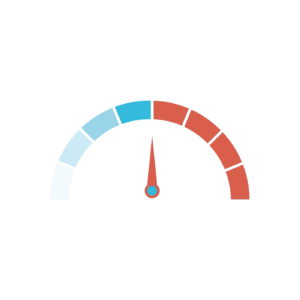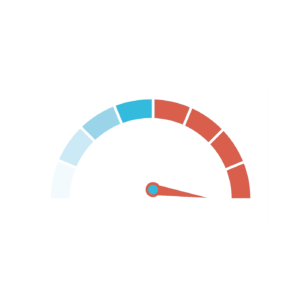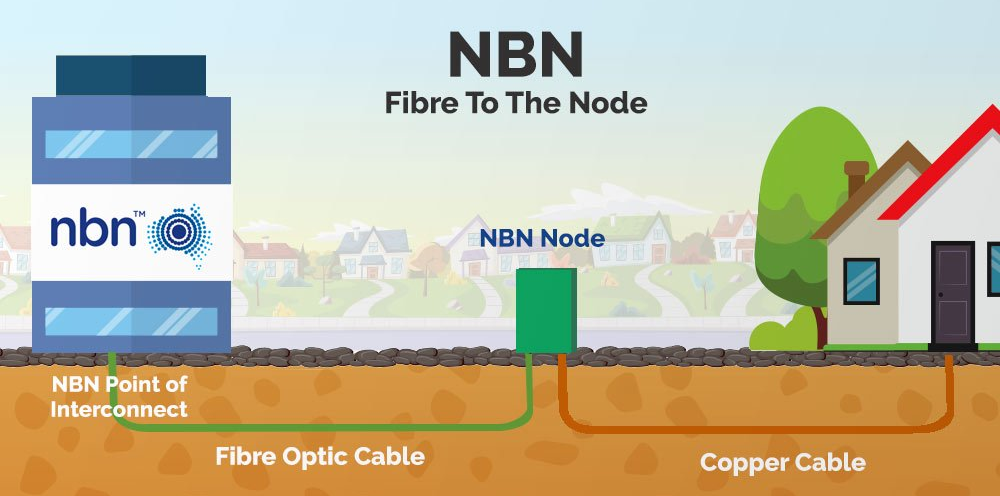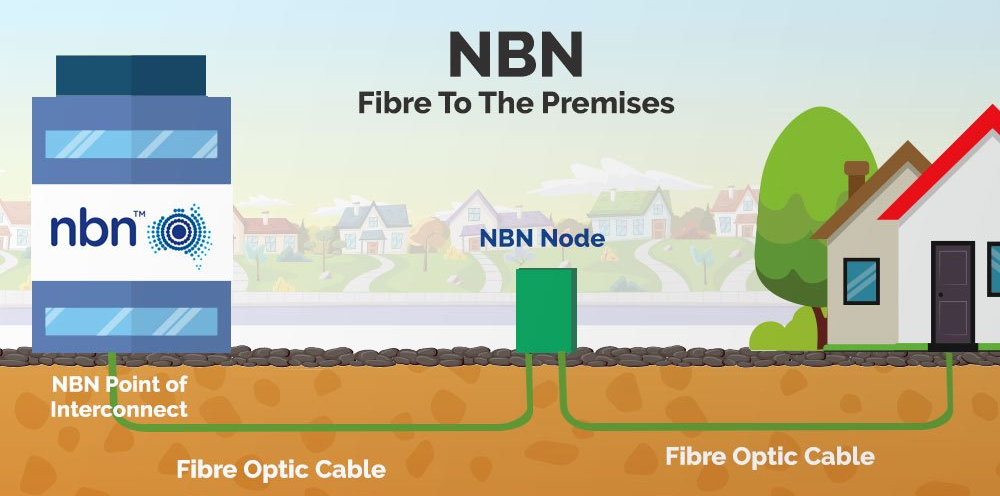Optus Mobile Review ALDI Mobile Review Amaysim Mobile Review Belong Mobile Review Circles.Life Review Vodafone Mobile Review Woolworths Mobile Review Felix Mobile Review Best iPhone Plans Best Family Mobile Plans Best Budget Smartphones Best Prepaid Plans Best SIM-Only Plans Best Plans For Kids And Teens Best Cheap Mobile Plans Telstra vs Optus Mobile Optus NBN Review Belong NBN Review Vodafone NBN Review Superloop NBN Review Aussie BB NBN Review iiNet NBN Review MyRepublic NBN Review TPG NBN Review Best NBN Satellite Plans Best NBN Alternatives Best NBN Providers Best Home Wireless Plans What is a Good NBN Speed? Test NBN Speed How to speed up your internet Optus vs Telstra Broadband ExpressVPN Review CyberGhost VPN Review NordVPN Review PureVPN Review Norton Secure VPN Review IPVanish VPN Review Windscribe VPN Review Hotspot Shield VPN Review Best cheap VPN services Best VPN for streaming Best VPNs for gaming What is a VPN? VPNs for ad-blocking Note: The table below ranks NBN Standard (50 Mbps) plans (the most popular NBN speed tier). For more speed options, use the search tool at the top of the page. NBN Standard (50Mbps) is the most popular choice for Australians but it might not cut the mustard for bigger families and households with heavier usage. We recommend using our NBN Internet Speedtest tool to get an accurate estimate of your typical download speeds but if you’re simply looking for the fastest NBN plans available, the table below lists NBN Fast (100Mbps) plans ordered by typical evening speeds. Tip: If you want speeds faster than NBN 100, use the dropdown in the table to select either NBN Superfast 250 or NBN Ultrafast 1000. The search tool below gives you that control. Simply enter your address and the speed (Mbps) you need and away you go. On the next page, you’ll have access to a smorgasbord of filters and sorting options to refine your search and find exactly what you’re looking for. Differences in NBN speed is measured in Mbps (Megabits per second) which, let’s face it, is a pretty meaningless figure for most of us. Obviously, more megabits means faster speeds but it also means a higher monthly price. To figure out the speed you need, think about your NBN connection like a water pipe running into your home. The faster the speed, the wider the pipe and the more water that can pass through it at the same time. It’s like when multiple people try to take a shower at the same time, while someone fills the kitchen sink and someone else flushes a toilet. Someone is going to end up grumpy after their shower loses water pressure. Now, think about how the people in your house are going to use the internet. If you live alone or as a couple, you really don’t need fast internet for daily browsing and video streaming. If a typical evening is watching Netflix together while you both browse the web on your phones, then a Basic II or Standard NBN plan should suffice. If you have a bigger family and a greater number of devices on the network at the same time, then you should consider something faster. If it is likely that you will have two or three simultaneous Netflix streams (the TV and laptops in the bedrooms), plus smartphones, tablets, and someone gaming, then you should start by considering a Standard plan or stepping up to a Fast plan. Gaming is an interesting example as most people think that a Fast NBN plan is required for fast-paced online gaming, but this isn’t the case. Games pass a relatively small amount of data back and forth, and the key is to have a connection with low latency. In most cases, this will come down to how good your networking hardware is inside your house and less to do with the NBN connection coming to your house. If your games are lagging, you’d be wise to check whether your router is as good as it needs to be and whether you need to consider a solution like a mesh network. If someone in your house is working from home, they may need to consider how important upload speed is to their day-to-day workflow. If they regularly send large files to colleagues, then they may need a Fast plan with 40Mbps upload (I know I do). This requirement alone limits the number of plans available to a manageable number to consider. Typical evening speeds are the busiest hours of network usage (7:00 PM to 11:00 PM) when most Australians are using their home internet connections. This evening time frame is used as a benchmark to compare NBN providers and speeds because it’s the best representation of what users can expect and the time when network congestion is at its worst. So if you’ve got a good typical evening speed, you should expect the same, if not better, during the day Wondering what speed you get with your current internet provider? Use the speed test tool below while connected to your primary home WiFi connection to see your current download speeds. All up there are seven different connection types in the mixed-technology NBN: You’ll notice that most of these begin with ‘Fibre to the…’ and this is a hint for how the connection types differ from one another. Fibre optic cable features at some point in your connection to the NBN, and the closer your house is to the fibre optic cable, the faster and more reliable your connection. That said, if you find your NBN connection is unusably slow, you might want to consider an alternative such as 4G Home Wireless broadband (or even 5G if you can get it). FTTC (Fibre-to-the-Curb) means that the fibre cable is connected to a distribution box somewhere on the street outside your house. Your house connects to this box using the old copper telephone lines, but because it is mostly fibre, the connection is also fast. If you live in an area beyond where NBNco will run physical cables, then you will rely on wireless technology instead. In many regional areas, you will have a Fixed Wireless NBN connection, which works like a mobile network connection. People living in more remote areas will connect via the Sky Muster satellite system. We’re explaining this here for your information only as there is nothing you can do about the technology type in your area. When you are choosing an NBN plan this is not a consideration at all but it might limit the type of plans you have access to. It used to be a battle of Telstra vs. Optus for your internet needs, but these days, most NBN connections can be switched remotely and it can be a same-day process. For example, a person in our team signed up for a new NBN plan during his lunch break one day and was moved to the new provider’s network before he got home that evening. This is important to know because the majority of NBN plans have no long-term contract commitments. Most plans are month-to-month. To take advantage of this, you need to be ready to switch at any time. If you are not happy with the service: switch. If you regularly compare plans and spot a better deal: switch. If you sign up for a short-term promotion and it expires: switch. NBN plans are changing all the time, and in both directions, so you shouldn’t feel like you are stuck paying for something you no longer want. Jump online, find a better deal, and move on. Now that you know more about choosing a plan, go ahead and compare your options from Australia’s NBN providers using the form and filters below. But the fact is, you don’t need to worry about any of that. To get your family connected to a fast, reliable internet connection, there are just a few things you need to consider.





